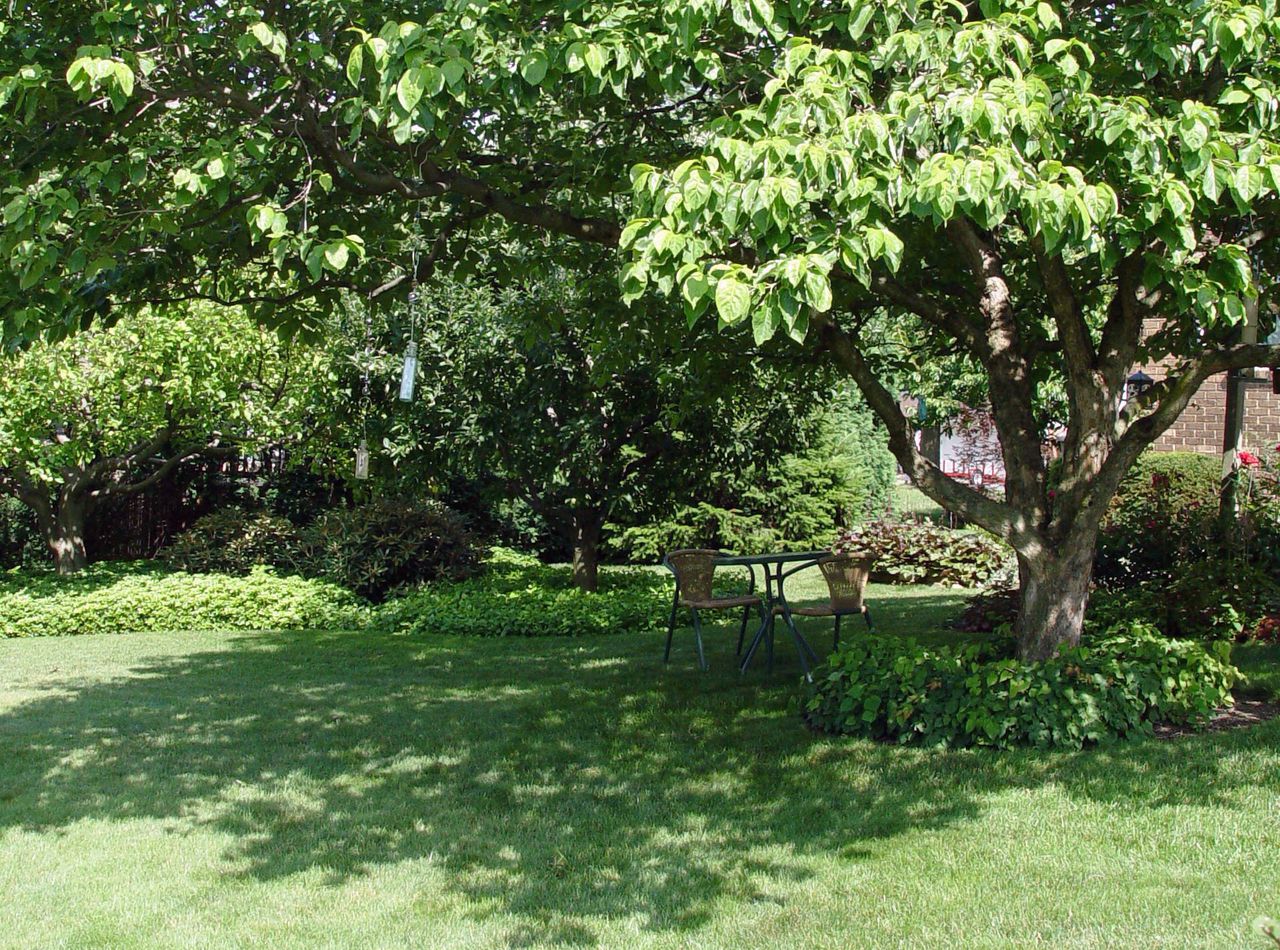Finding perfect shade is an art form. Hereâs how.
In July, I am a connoisseur of shade.
I look for it anywhere I can find it. Under a cloud. On the porch of an abandoned house. Beneath the trellis of cucumbers that is about to collapse under its own weight. Under the spreading live oak cooling the old bones at Magnolia Cemetery.
But some kinds of shade are better than others. There was a dark corner of my yard, densely shaded with trees, that always seemed like it should be a welcoming spot in the heat of summer. After whacking away at the brush to make a nice space to sit, I’d have to retreat to the sunny middle part of my yard, where I could breathe free of the oppressive air that seemed to stagnate under the low limbs of the trees.
I’m sure you’ve heard, as I have, that trees not only block the heat of the sun, they also cool the air as they “breathe” and transpire. I am sure that’s true. But it seems to me that the cooling effect depends on how well air circulates under those trees. That’s why the big live oak at the cemetery is such a refuge, with nothing but a few pompous stones to block the breeze. The dense stand of young trees at the back of my lot offers no such repose.
Perhaps you should wonder what plants do for shade at times like this. It’s a problem when you can’t just take a hike to some place cooler. It’s even more complicated when you literally require sunlight to survive (as green things do).
But mid-day sun in the middle of July in Alabama doesn’t help most plants. This far south, the intensity of mid-day ultraviolet radiation can actually harm many plants, and moisture loss is so great, many plants have to essentially hold their breath. The plants best adapted to this kind of sunlight make their own shade, turning their leaves sideways (like the magical turkey oak of longleaf pine forests), or drooping (like the longleaf pine needles themselves), just to reduce the mid-day intensity. Those leaves are smarter than you think: that twisting and drooping also maximizes the leaf’s exposure to the most efficient sunlight for photosynthesis, when the sun is lower in the sky.
